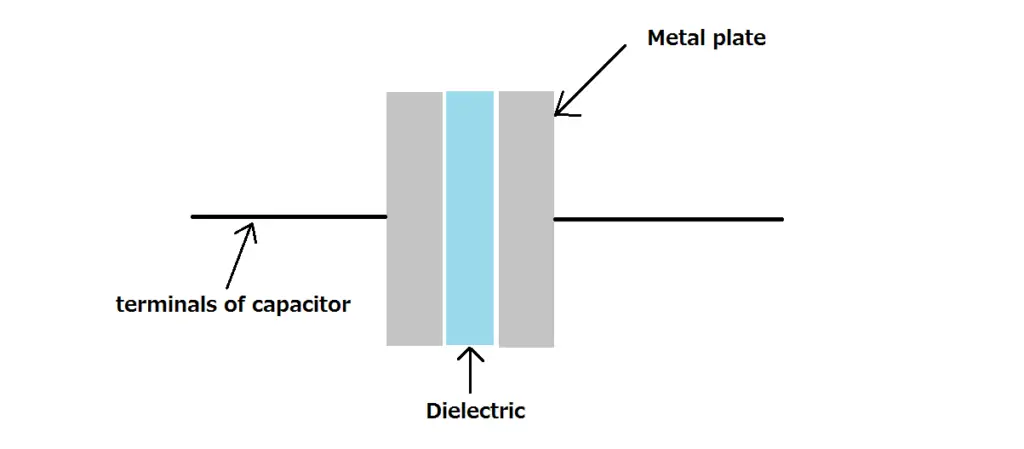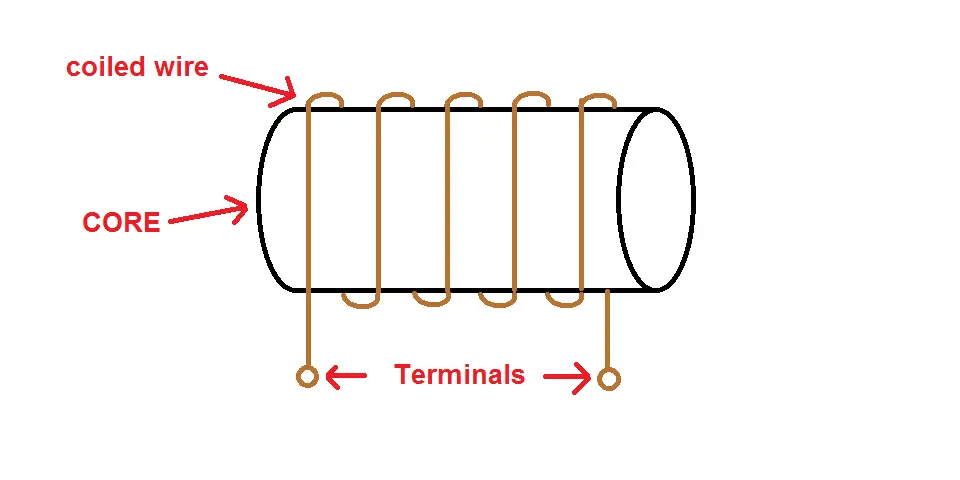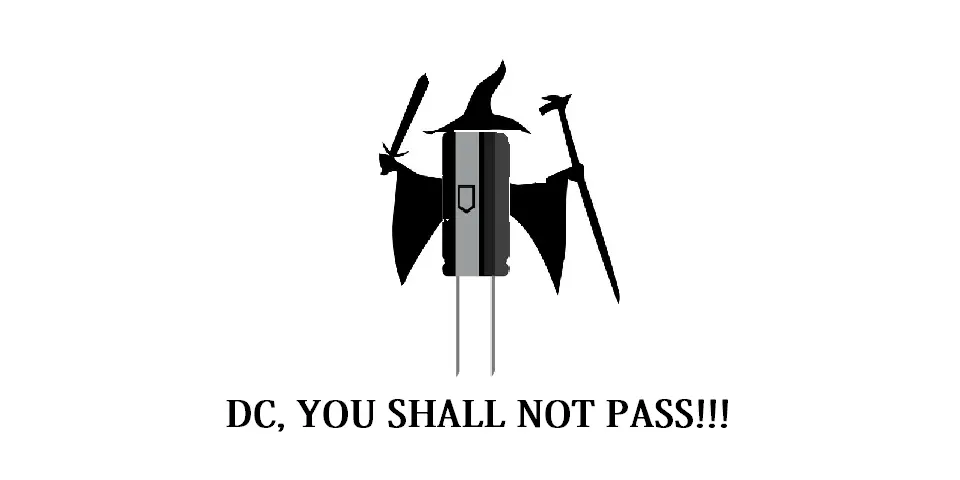Capacitors and Inductors electrical/electronic components that are commonly used in circuits for a variety of different purposes. They both have unique characteristics which set them apart from each other. One important characteristic is the ability to allow DC to pass or not.
So, can DC pass through an Inductor or Capacitor?
DC can pass through an Inductor, but not through a Capacitor. In DC circuits, when fully charged a capacitor behaves like an open circuit not allowing current to pass, whereas an Inductor behaves like a short circuit allowing current to pass.
What is DC?
All electronic circuits need current to operate. Current is like blood coursing through our body. Just like how it is essential that our bodies need blood to live, so too is it important for electrical and electronic circuits to have current to operate.
There are two types of current that can flow in electrical and electronic circuits; Direct Current (DC) and Alternating Current (AC).
The main difference between Direct Current and Alternating current is the direction of flow. DC flows in one direction, while AC flows in both directions.In AC circuits the voltage also follows the current.
DC is best represented with a steady straight line, and AC with a ‘alternating’ waveform like a sinusoidal wave (as seen in the images below).

What is a capacitor?
The electrical and electronic world is filled with a range of different components each having their own set of unique characteristics that help in different applications. One of the most widely used is the Capacitor. A capacitor is a two terminal electronic component that has the ability to store energy in the form of an electrical field when voltage is applied to it.
The capacitor consists of two terminals connected to two metal plates. These metal plates are separated by an insulating material known as a Dielectric. The insulating material could be a range of materials such as glass, ceramic, mica, or even air.

What happens when you connect a capacitor to a battery?
When a voltage is applied across the terminals of the capacitor, the metal plate connected to the negative terminal of the capacitor starts to attract electrons (making it negatively charged), while the plate that is connected to the positive terminal of the battery starts losing electrons (making it positively charged).

Once fully charged, the voltage across the capacitor will equal the voltage of the power supply it is connected to.
What is an Inductor?
An Inductor is another widely used component in electronic and electrical circuits. An Inductor is also a two terminal component which has the ability to store energy in the form of a magnetic field when current flows through it. It consists of an insulated wire which is wound into a coil. Many Inductors are accompanied by a magnetic core made of Iron to help increase the strength of the magnetic field.
The strength of the magnetic field can also be increased by several other factors which include the number of turns of the wire, diameter of the coil, coil length, and layers of winding in the coil.

When an ‘changing’ current is applied to an Inductor, the magnetic field acts to oppose this change in current by producing a voltage known as an Electromotive Force (EMF) . This voltage has a polarity which opposes the change in current. In short, Inductors oppose change in current.
Why does an Inductor allow DC to pass?
Now that we have learnt the basics of a Capacitor and Inductor, we can understand better why an Inductor allows DC to pass, but a Capacitor blocks it.
As we just saw above, an Inductor opposes changes in current. When current changes within an Inductor, it produces a voltage (EMF) of equal force to oppose this change in current. We know that DC is a steady current in one direction whose magnitude does not vary with time. Therefore, when DC is applied to an Inductor it does not offer any resistance (EMF), and acts like a short circuit allowing DC to pass.
Why does a capacitor not allow DC to pass?
This comes down to what we learnt earlier about capacitors.
When voltage is first applied to the capacitor, a small current flows until both plates become saturated.This indicates that the voltage across the capacitor equals the supply voltage. At this point no more current can flow and is essentially an open circuit. This is why a Capacitor blocks DC.
Increasing the voltage further will damage the capacitor.
Why are capacitors used in DC circuits if they block it?
If capacitors block DC, why can you find them in so many DC circuits? Even though they block DC we can use that ability to good effect in DC applications. This comes down to the fact that it takes time to fully charge a capacitor. This unique ability can be used to great effect in DC circuits to reduce noise in power supplies and reduce high voltage transients. It is very common (and advised) to place a capacitor across an IC’s (Integrated Circuits) supply to source current which helps in avoiding drops in voltage. They are also found in rectifiers to smooth out voltage ripples from AC inputs.




